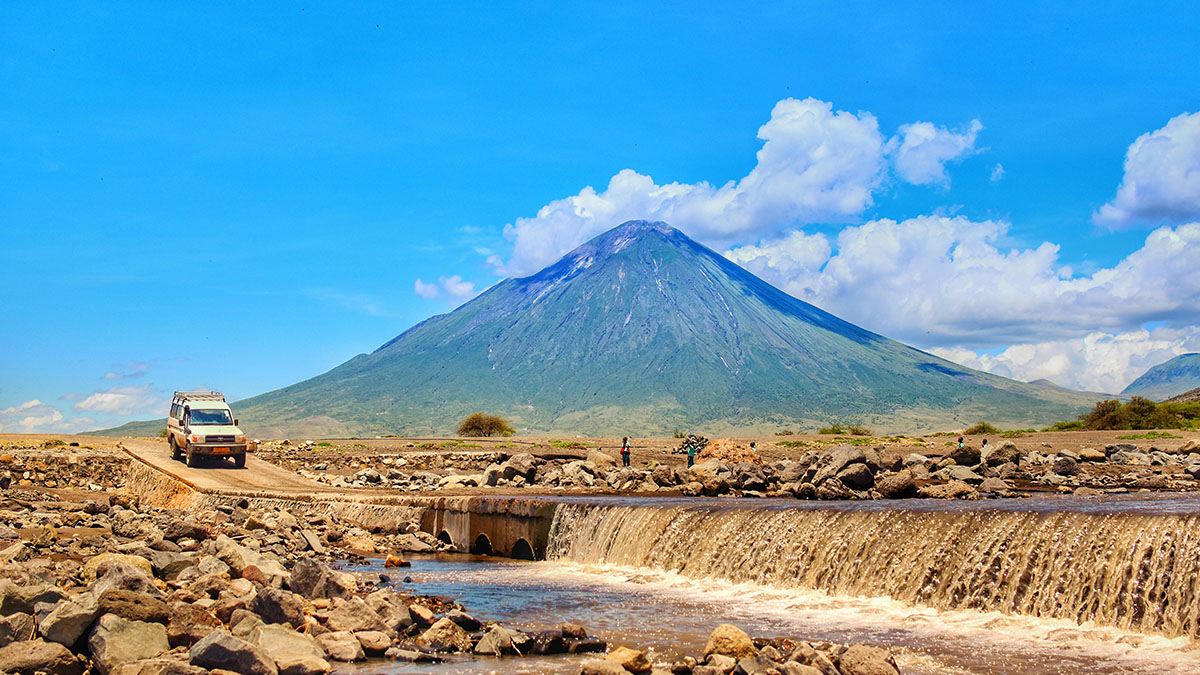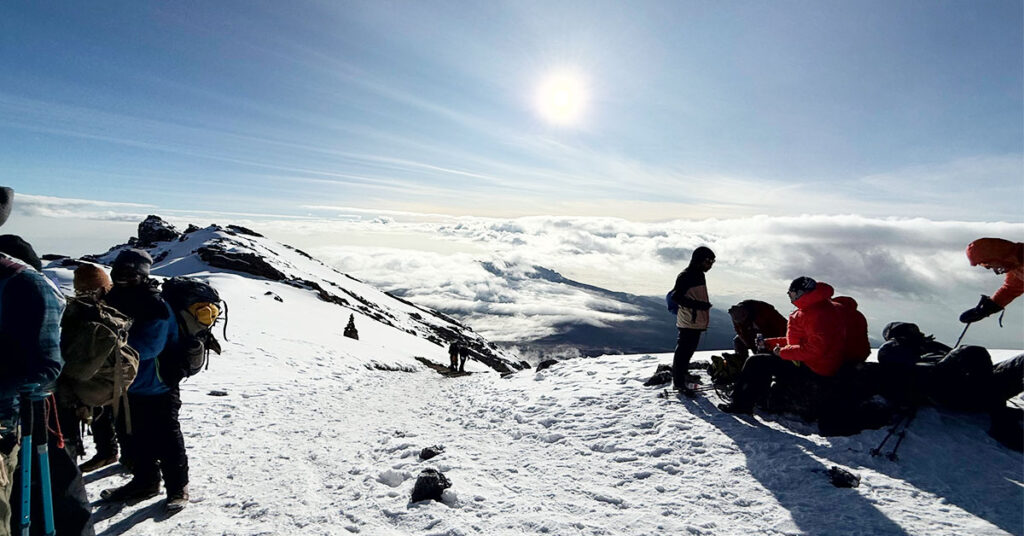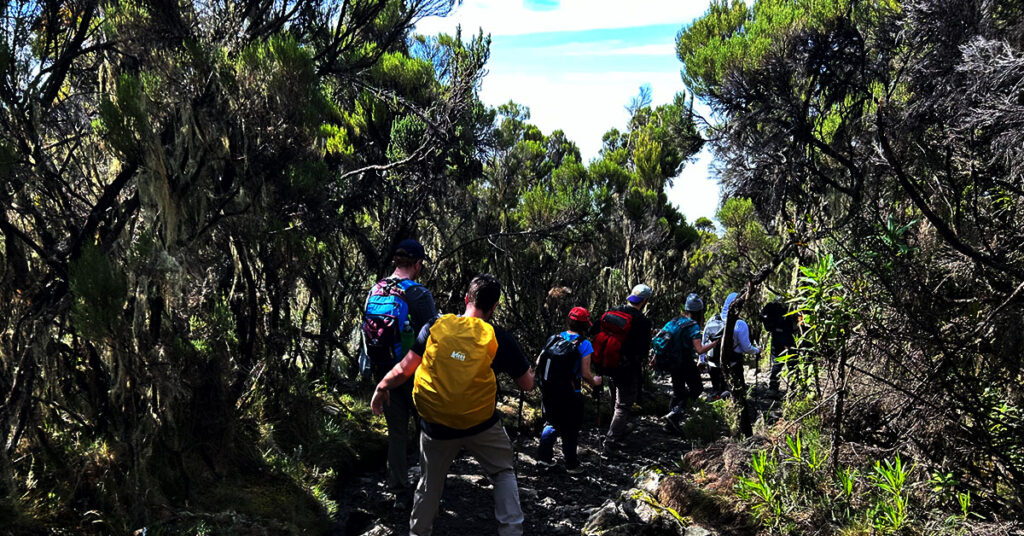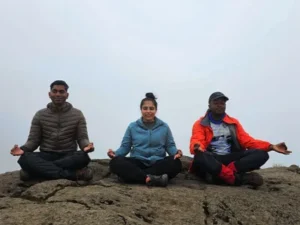Table of Contents
Mount Meru: Tanzania’s Scenic Volcano Trek | Kili Quests
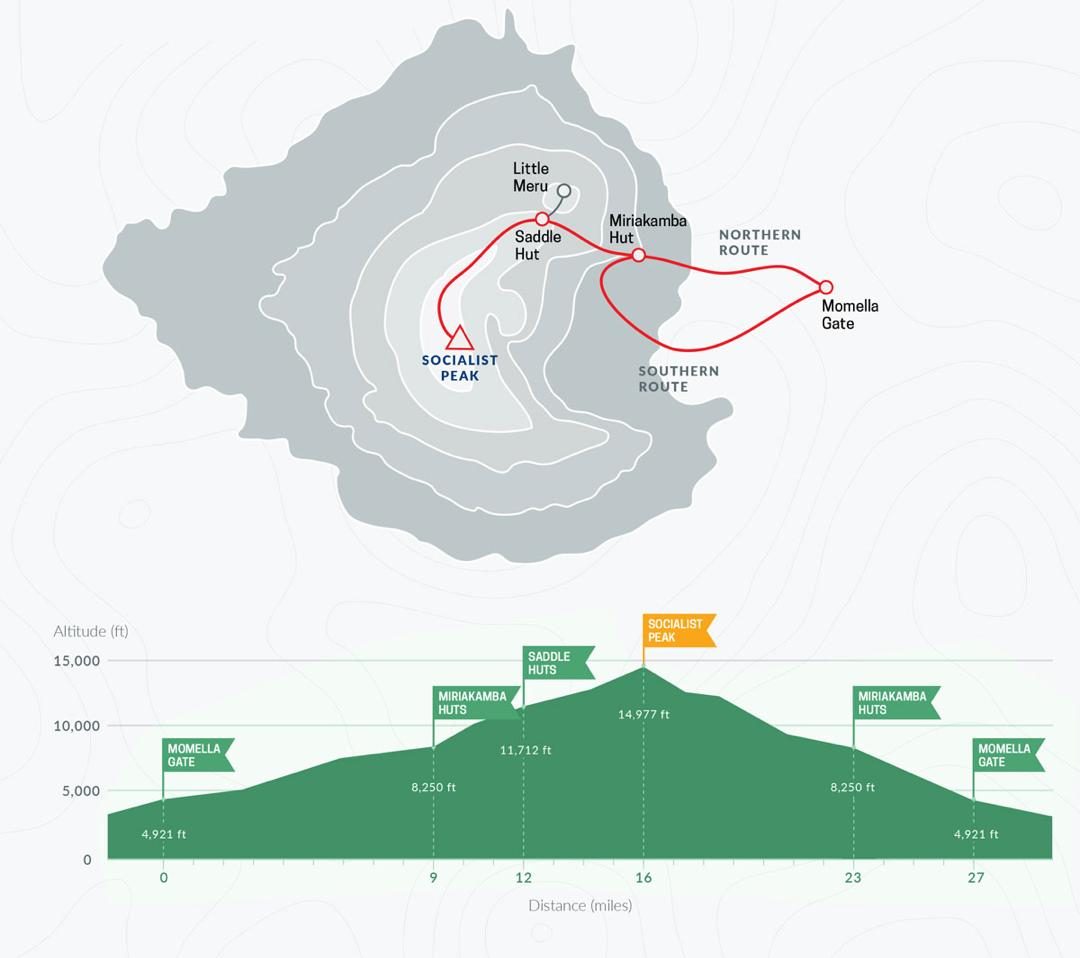
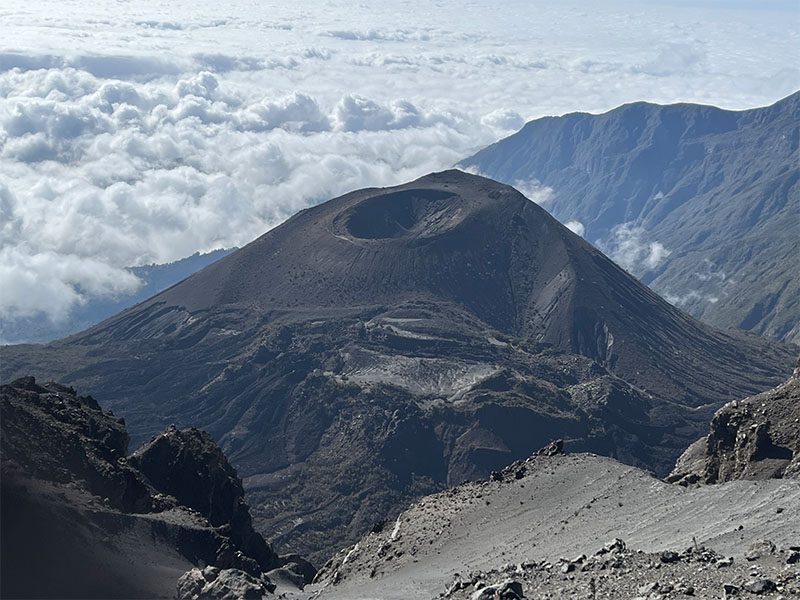
Why Climb Mount Meru?
A Steep but Scenic Stratovolcano
Mount Meru is an active stratovolcano, last erupting in the 19th century. The climb features:
- A dramatic summit crater over 1.5 km wide
- Sheer cliffs and ridgelines
- Panoramic views of Mount Kilimanjaro from the peak
Mount Kilimanjaro vs Mount Meru: Which Trek to Choose? – Not sure which mountain to climb? See the pros and cons of each.
A Rich Wildlife Experience
- Giraffes, buffalo, and baboons are often seen along the trail
- Birdlife includes hornbills, turacos, and eagles
- Lush forests, alpine meadows, and rocky ridges form distinct zones
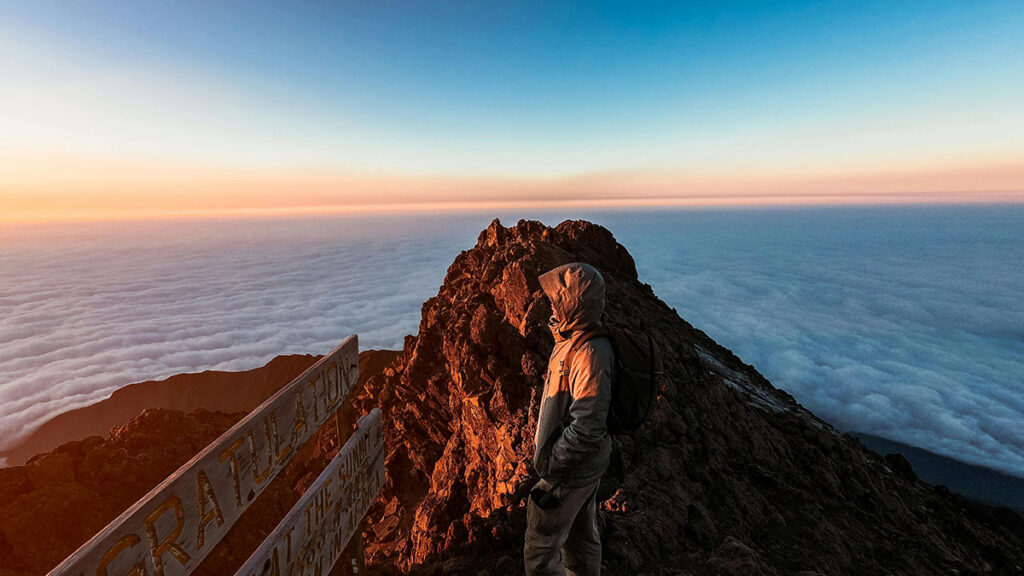
Great for Kilimanjaro Preparation
- It helps you acclimatize to altitude (you reach over 4,500m)
- The terrain includes steep ascents and rocky ridges, preparing you mentally and physically
- The trek builds stamina while offering its own summit reward
Fewer Crowds, More Connection
- Fewer groups on the trail
- Quiet campsites surrounded by nature
- A more intimate, reflective hiking experience
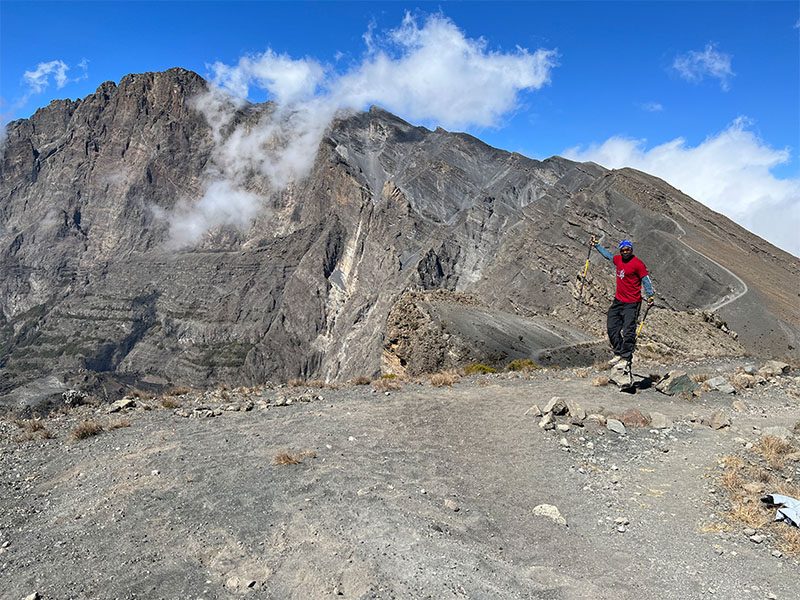
What to Expect on the Mount Meru Trek
- Day 1: Hike to Miriakamba Camp through rainforest
- Day 2: Continue to Saddle Camp, where altitude kicks in
- Day 3: Early summit attempt to Socialist Peak (4,566m), then descend
- Day 4: Return through scenic trails
Camps are comfortable and well-positioned for acclimatization and views.
Highlights from the Summit
- Mount Kilimanjaro rising above the clouds
- Views of Ngorongoro Crater, Momella Lakes, and the plains of Tanzania
- Vibrant sunrises that illuminate the entire landscape
Tips for Climbing Mount Meru
- Altitude Acclimatization: Meru’s elevation is significant. Climb slowly and hydrate.
- Layered Clothing: Be ready for forest humidity and cold summit winds.
- Trek with a Guide: Required by park rules and essential for safety.
- Fitness Level: While not technical, Meru is steeper than Kilimanjaro, especially near the summit.
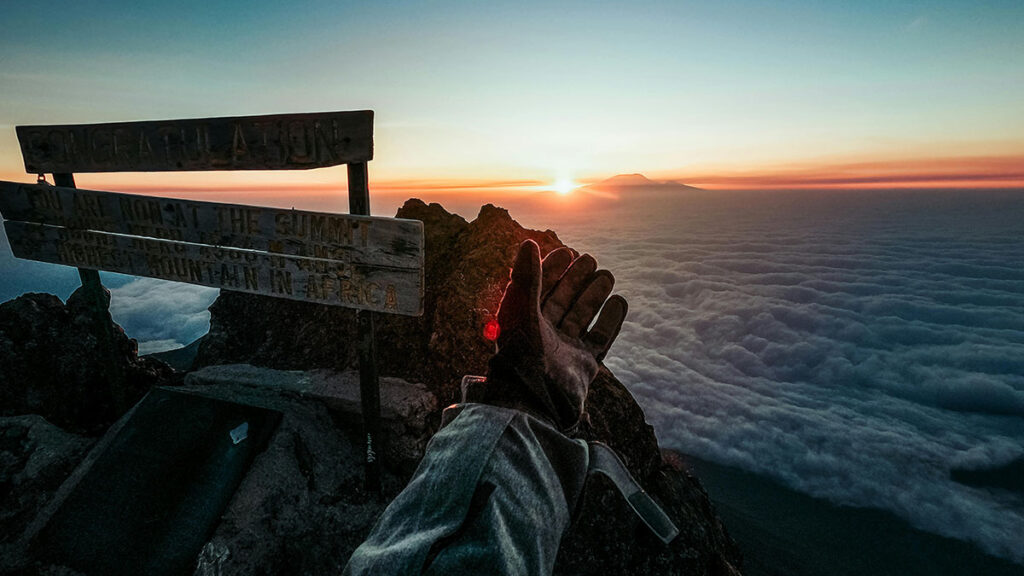
Mount Meru vs Kilimanjaro – Key Differences
- Mount Meru: 4,566 m (14,968 ft)
- Mount Kilimanjaro: 5,895 m (19,341 ft)
- Mount Meru: 4 to 5 days
- Mount Kilimanjaro: 6 to 9 days
- Mount Meru: Fewer climbers, more peaceful
- Mount Kilimanjaro: Very popular, can be crowded
- Mount Meru: High — giraffes, buffalo, monkeys
- Mount Kilimanjaro: Rare above rainforest zone
- Mount Meru: Great preparation for high-altitude trekking
- Mount Kilimanjaro: Final summit goal
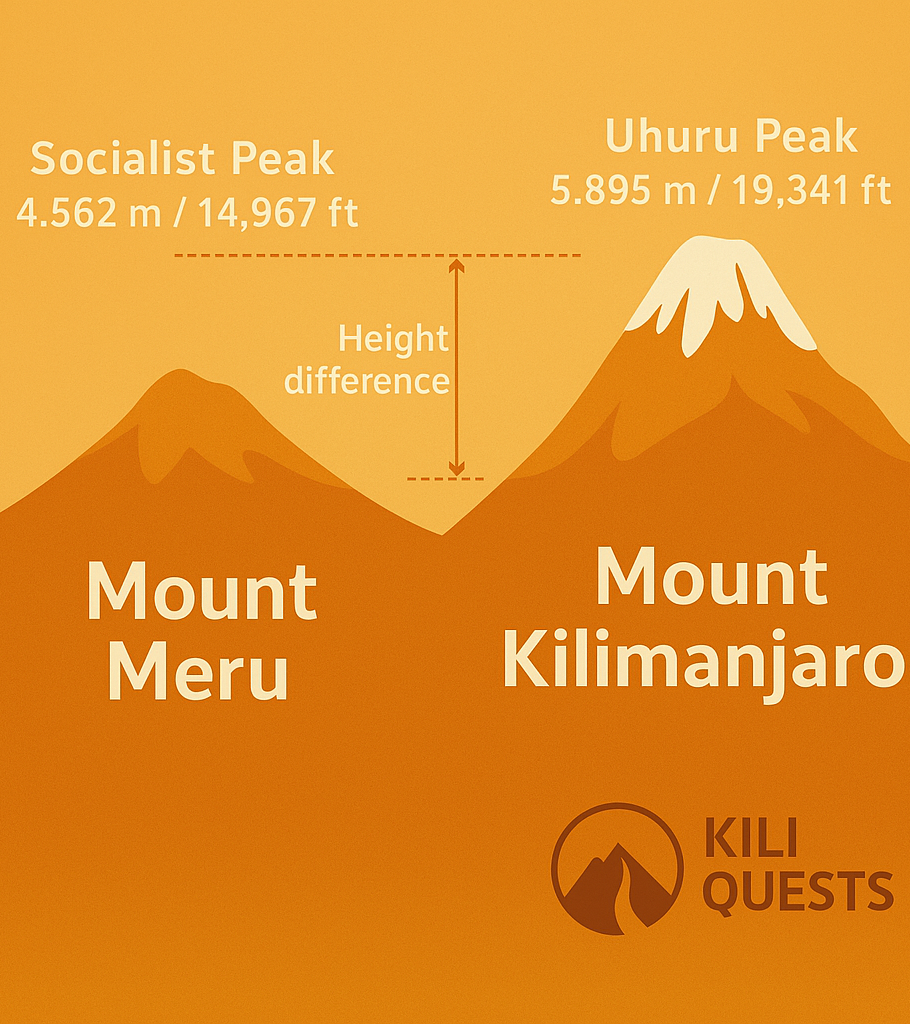
Ready to Conquer Mount Meru?
Related Articles

Mount Meru Trek: Why Climb It Before Kilimanjaro?
Table of Contents Mount Meru: Tanzania’s Scenic Volcano Trek | Kili Quests Mount Meru, Tanzania’s second-highest peak at 4,566 meters (14,968 feet), is a stunning
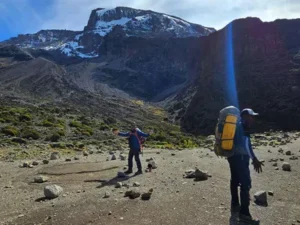
Umbwe Route: Kilimanjaro’s Steep Challenge
Table of Contents Umbwe Route on Kilimanjaro: Steep, Short, and Challenging Why Choose the Umbwe Route? The Umbwe Route is known as the most demanding
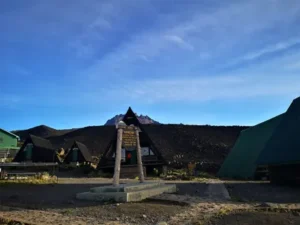
Marangu Route: Hut-Based Kilimanjaro Trek
Table of Contents Marangu Route on Kilimanjaro: Hut-Based Kilimanjaro Trek Why Choose the Marangu Route? The Marangu Route is one of the most historic and


